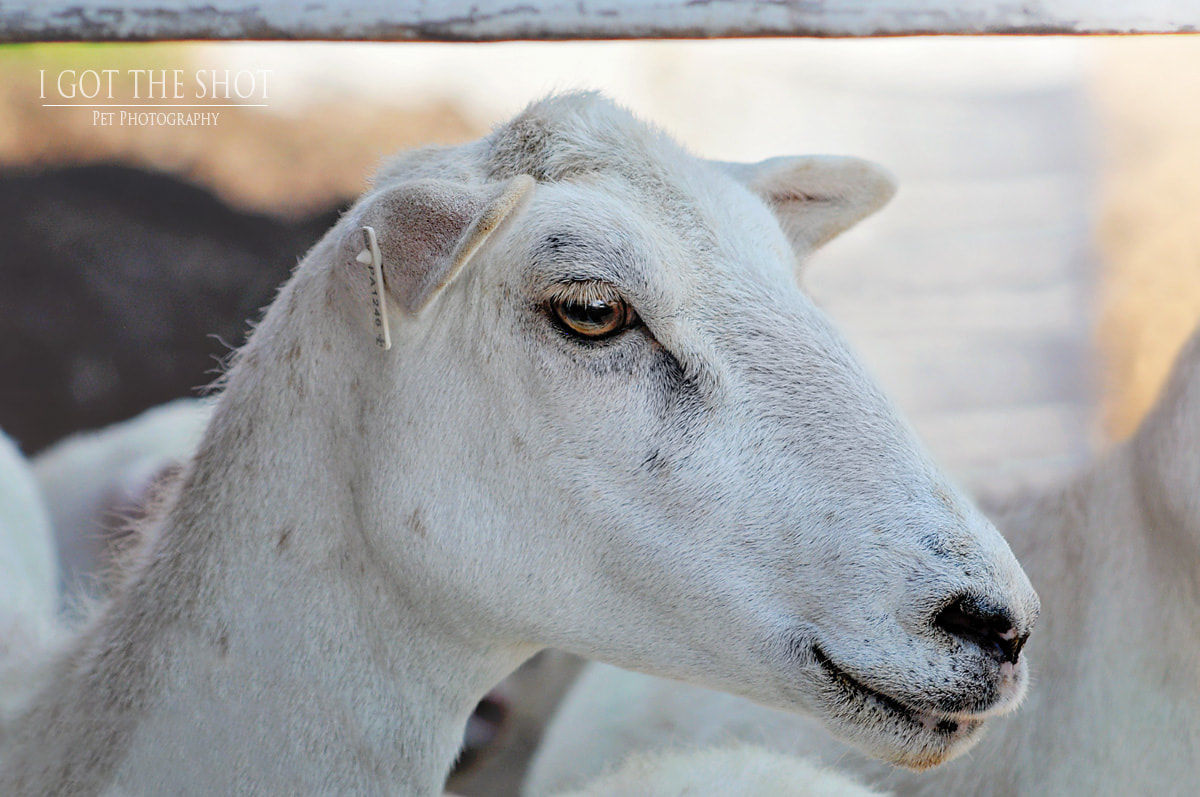Catchlights are dependent upon the size of the light source and how far it is from the subject. In studio portraits, where more than one light may be used, more than one catchlight will show up on the surface of the eye. It is the job of the photographer to decide which catchlight to keep and which to remove in post processing.
For humans, catchlights should be at 10 or 2 o'clock positions in the eye (pick one, never both). However, in animals, catchlight reflections are a different matter. An animal's eye reflects light differently than a human eye.
When outside in nature with dogs, the results can often be too much reflection, especially if the sun is bright. I will often look for a shady place where the dog is looking toward the sunny area, in order to capture good catchlights. I am always checking to see the type of reflection I am getting in a dog's eyes when I am doing photos in nature.
In a studio environment, where I can control all of the lighting, catchlights become easier to control and position. In the photo of Lilah below, you can see the catchlights are evenly spaced and sized based on the type of lighting I used, and its placement.
The circle is packed with more insight on catchlights and more great photographers, so head on in and check out the lovely photos to follow. Start here with Linda Perdue from VP Shoots Photography, Tampa, Florida. Have a great one!



 RSS Feed
RSS Feed